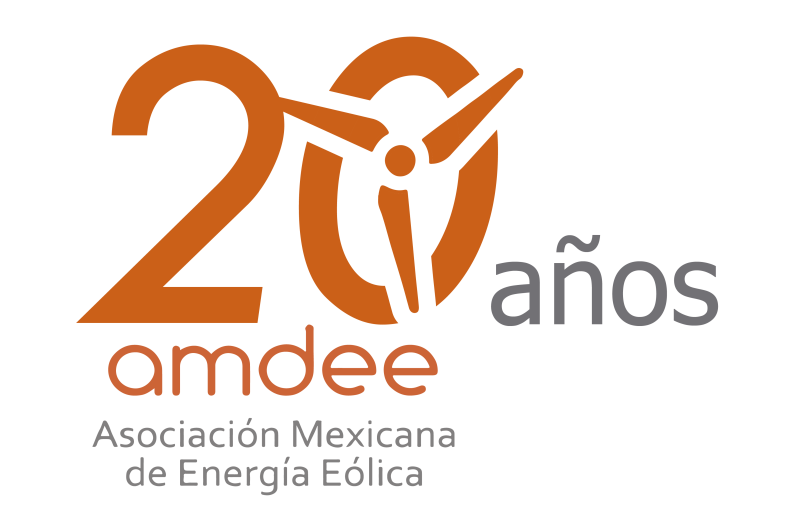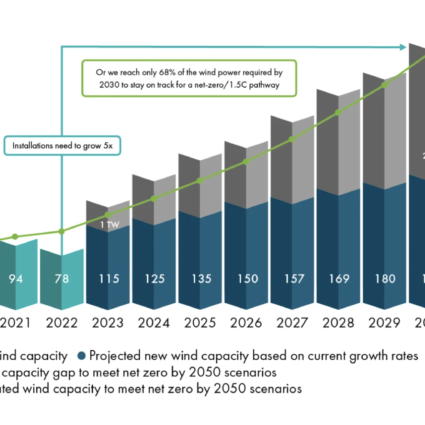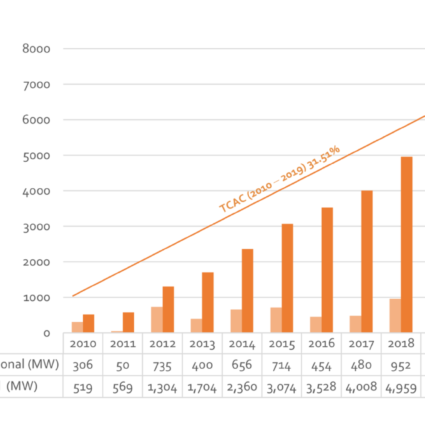OUR FEATURES
Why wind power?
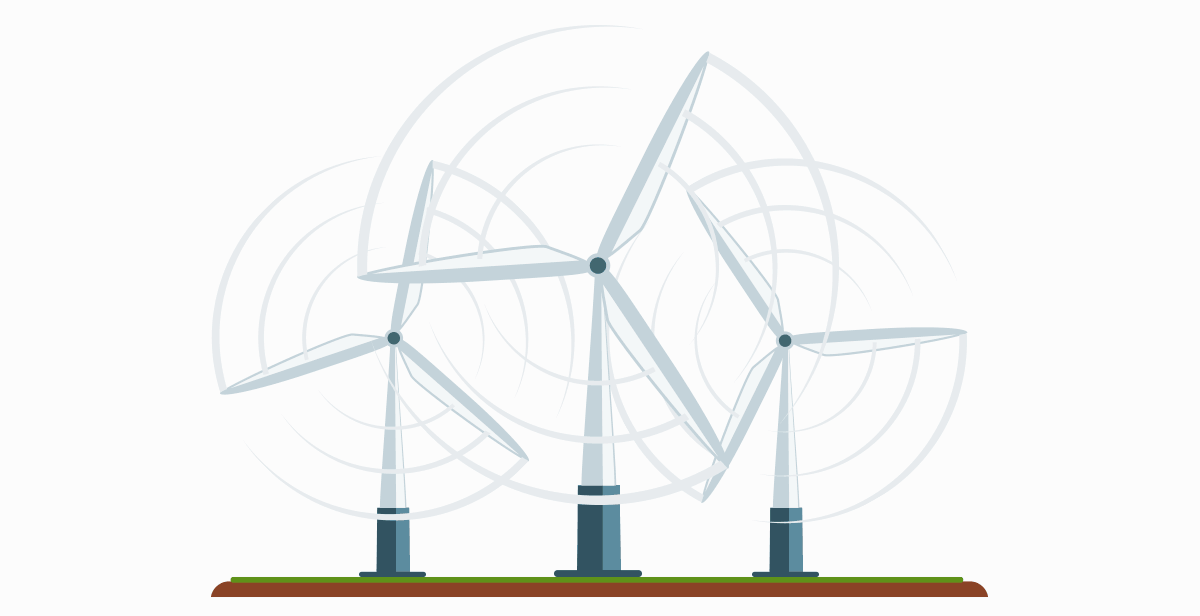

Myths
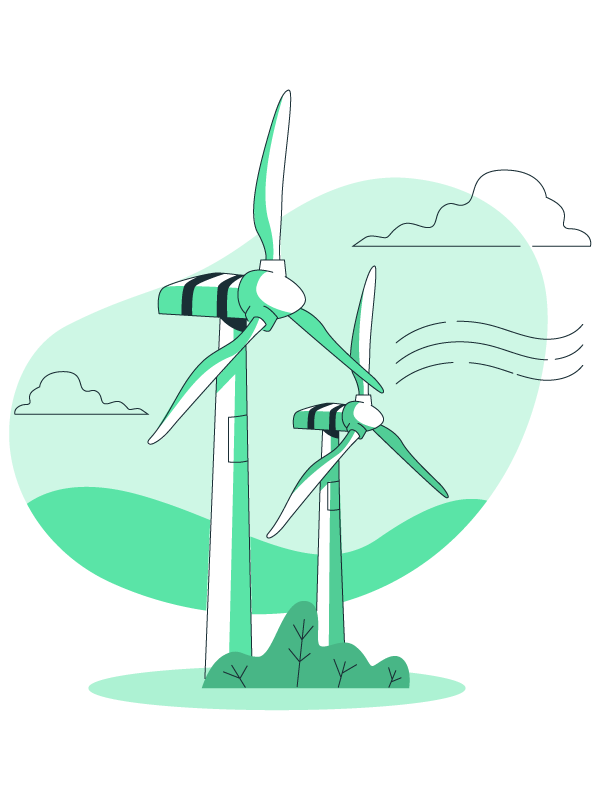
Realities
Frequently Asked Questions
Wind energy is currently one of the most competitive sources of electricity generation, because despite the high investment costs, operating costs are very low, making it possible to offer affordable electricity to households and industry.
Wind energy has an enormous social impact, both in the communities where the wind farms are established and for the country and the world in general.
The installation of wind farms in rural areas of the country, where the main economic activities are agriculture and cattle raising, generates additional income for the owners of the land used, without affecting their traditional activities.
The installation of wind farms also generates jobs and economic spillover in the regions where they are developed, motivated both by the increase in the income of a large number of families and by the social responsibility projects of the companies. To learn more about the programs implemented by the companies, please click here.
In particular, this technology has direct environmental benefits, since by generating electricity from clean energy sources, it achieves a significant reduction in greenhouse gas emissions associated with electricity generation.
A wind farm requires only wind to operate. Wind is a
inexhaustible resource and each installed MW of wind energy avoids the annual emission of
2,900 tons of CO2 into the atmosphere, making a significant contribution to slowing climate change.
Wind farms are easy to dismantle, leaving the land where a wind farm once existed virtually intact at the end of its life cycle.
By the end of 2024, Mexico will have an installed capacity of more than 8 thousand MW distributed in the following states:
- Baja California
- Baja California Sur
- Sonora
- Coahuila
- Nuevo León
- Tamaulipas
- San Luis Potosi
- Jalisco
- Guanajuato
- Zacatecas
- Oaxaca
- Puebla
- Yucatan
- Chiapas
- Quintana Roo
The estimated annual energy currently produced by wind farms is equivalent to 20,319,765 MWh, avoiding the emission of more than 8,800 tons of CO2 equivalent, which represents taking 1,856,953 cars off the road.
The most common practice is to enter into long-term leases with landowners, which coincide with the useful life of the projects.
Lease prices vary depending on the market value of the land in the areas in which they are located. However, competitive prices are always offered that benefit the landowners, as well as the land owners.
The investment that has been made in Mexico through 2023 for the development of wind projects amounts to more than US$$13,287.41 million in generation .
Mexico has the potential to generate more than 15 thousand MW, which means doubling the installed capacity by 2023.
Wind resources in Mexico are abundant and of high quality, which allows, unlike most countries where there is already significant installed wind capacity, the development of profitable projects without the need for government subsidies. Project risk is fully assumed by developers and investors.
Before building a wind farm, detailed technical studies of the conditions at the site where the project is planned to be located are carried out. This includes wind assessments of the area to determine factors such as wind speed and direction, in order to select the most suitable site that favors effective energy production. Although it is possible that during some hours of the day and at certain times of the year the wind turbines may stop due to lack of wind or, in some cases, due to the presence of gusts with speeds greater than those at which they can operate, current technology allows the production of a wind farm to be predicted quite accurately several days in advance, better managing the variability of wind and weather.
Wind turbines have a useful life of 20 to 25 years. This can vary depending on factors such as wind conditions, proper operation and maintenance during this time.
The energy produced by a wind turbine depends on different factors, such as its power, wind speed and rotor diameter, among others. Currently, there are different technologies and powers of wind turbines.
The following table represents different scales of wind power generation
|
Scale |
Rotor Diameter [m] Rotor Diameter [m |
Capacity Ranges |
|
Micro |
< 3 |
50 W - 2 KW |
|
Small |
3 - 12 |
2 KW - 40 KW |
|
Median |
12 - 45 |
40 KW - 999 KW |
|
Grande |
>46 |
>1 MW |
Wind turbines harness the wind to produce electrical energy through the movement it generates in its blades, which causes a rotating force, known as mechanical rotational energy. This energy rotates the rotor inside a stator, in what is known as an electric generator. The system for converting wind thrust into electricity essentially comprises an electric generator, driven by the movement of the blades, control systems and electrical connection, either to the grid or to the point of consumption.
The construction of a wind farm depends largely on the capacity to be installed. Aspects such as the orography of the site, the seasonality of the wind, the distance to the interconnection point, among others, also play a role. On average, it can be considered that a medium or large wind farm could be built within 12 to 18 months, once all the previous studies and necessary procedures have been completed. Approximately 4 years elapse from site selection to commissioning of the wind farm.
"The cost of installing a wind farm is currently around $1,000,000USD per MW wind installed.
- Wind turbines: 65%
- Network connection: 11 %
- Foundations and civil works: 15%
- Construction development and management: 9 %
The levelized cost of energy is a tool that allows describing and comparing the costs of different sources of electricity generation. In the case of wind energy, the levelized cost of energy represents the sum of all costs related to a plant in operation during the lifetime of the plant, discounting the financial flows. The main components of the levelized cost of energy in a wind farm are:
- Cost of capital
- Operating and maintenance cost
- Estimated annual production
The data obtained in operating plants as of the year 2010 estimate a value of the levelized cost of energy between US$0.068/KWh and US$0.070/KWh in countries with greater wind resources, such as the United States, Sweden, Brazil and Mexico: United States, Sweden, Brazil and Mexico.
Renewable energies have two attributes that come from the resource, variability and predictability. Operating within a Power System comprised of multiple plants and technologies that are available at different times, locations and prices, they complement each other.
Mexico has one of the highest wind power generation potentials. In 2022, installed capacity in Mexico increased by 158 Megawatts (MW), reaching a total of 7,317 MW. The total electricity generated by wind power in 2022 was more than 20 thousand Gigawatt-hours (GWh), which represented 6.09% of Mexico's electricity generation.
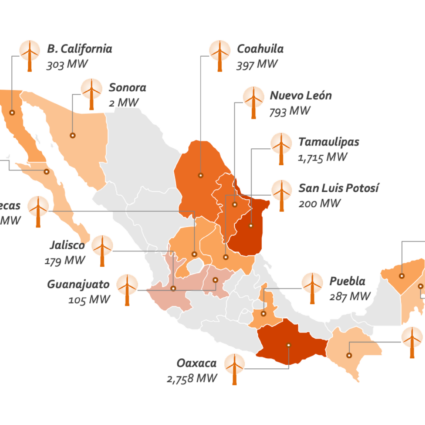
The wind industry is environmentally and ecologically responsible, in addition to reducing greenhouse gas emissions in the fight against climate change, it also works to reduce its impact on the environment and its surroundings. Through studies, coordinated work with environmentalists and the use of new technology, it is possible to monitor the behavior and migratory routes of birds and other species in order to protect them and prevent potential damage to wildlife.
In this regard, studies show that the mortality of birds and bats caused by collisions with wind turbines is extremely low compared to that caused by other human activities or predation by other species, mainly cats.
